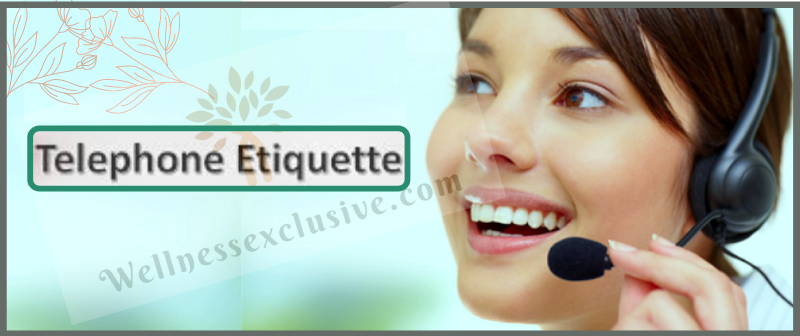Alternative Therapies
- Alternative Medicine
- Access Bars
- Access Consciousness
- Access Body Processes
- Acupressure
- Acupuncture
- Ancestral Healing
- Angel Healing
- Aromatherapy
- Aura Reading
- Ayurveda
- Bach Flower Remedies
- Breathwork
- Cosmetic Acupuncture
- Crystal Healing
- Cupping Therapy
- Emotional Freedom Technique (EFT)
- Energy Healing
- Energy Medicine
- Ergonomics
- Family Constellation
- Face Reading
- Fengshui
- Holistic Solutions
- Holy Fire Reiki
- Homeopathy
- Ho'oponopono
- Humkara with Haleem
- Hypnotherapy
- Law of Attraction
- Lecher Antenna
- Manual Therapy
- Meditation
- Melchizedek Method
- Merlin Trinity Healing
- Motivational Counseling
- Mudra Healing
- Munay - Ki Rites
- Naturopathy
- Neuro Linguistic Programming (NLP)
- Numerology
- Panchakarma (Ayurveda)
- Panchkarma Holistic Healing - Mind Control
- Past Life Regression
- Pendulum Dowsing
- Physiotherapy
- Pranic Healing
- Pythagorean Numerology
- Pyramids
- Reiki
- Rudraksh
- Silva Mind Control Method
- Sujok therapy
- Symphony of Possibilities
- Tarot
- Tera MaiTM Seichem
- Tea Leaf Reading
- Theta Healing
- Twin Flame Healing
- Twin Hearts Meditation
- Unani Medicine
- Violet Flame Healing
- Vision Board
- Yoga
- Wicca
- Womb Healing
Diseases & Conditions
- Acne & Pimples
- Allergies
- Arthritis
- Asthma
- Behavioural Disorders
- Dandruff
- Diabetes
- Emotional Problems
- Gallstones
- Gastritis
- Hairloss
- Heart Diseases
- Hormonal Problems
- Hypertension
- Immune Disorders
- Infections
- Infertility
- Jaundice
- Kidney Disorders
- Liver Disorders
- Menstrual Disorders
- Migraine
- Neck & Back Pain
- Obesity
- Osteoporosis
- Peptic Ulcer
- Prevention
- Prostate Problems
- Psoriasis
- Sexual Dysfunctions
- Sinusitis
- Sleep Disorders
- Skin Diseases
- Stress
- Thyroid Disorders
- Ulcerative Colitis
- Urinary Infections
General Wellness

TELEPHONE ETIQUETTE
Educating front line employ-ees on appro-pri-ate tele-phone eti-quette is imper-a-tive for all train-ers and man-agers. Pre-sent-ing a pro-fes-sional image over the tele-phone is the first step to build-ing great rap-port with new cus-tomers, and keep them com-ing back for your prod-uct or ser-vices.
Phone Eti-quette: Vocal Skills
Voice reflects atti-tude. Even if the words are cor-rect and intended to be polite, tone could imply the oppo-site. Voice is made up of five dis-tinct ele-ments: tone, inflec-tion, pitch, rate and vol-ume. Your voice con-tains spe-cific per-cent-ages of each ele-ment that makes it uniquely yours. How-ever, there is a best prac-tice range within which your voice sounds con-fi-dent and most impor-tantly professional.
- Tone is the most impor-tant vocal skill in great tele-phone eti-quette. Tone expresses your over-all atti-tude and lets the per-son you are com-mu-ni-cat-ing with know how you feel about them.
- Inflec-tion refers to the way you high-light cer-tain words and phrases. When used well, a rep-re-sen-ta-tive can use inflec-tion to stress the impor-tance of cer-tain words and keep the caller engaged and on track.
- Pitch refers to how high or low your voice sounds. Gen-er-ally higher pitched voices sound abra-sive, while low deeper voices tend to be more soothing.
- Rate refers to the speed and cadence of your voice. Remind your front line staff to speak slowly and clearly, and/or adjust their rate to match the customers.
- Vol-ume refers to how soft or loud you speak. Vol-ume is the eas-i-est ele-ment to con-trol. How-ever, many peo-ple are unaware that they speak too softly or too loudly and will need to be coached to use an appro-pri-ate level when tak-ing a call.
Tele-phone Eti-quette Guidelines
Tele-phone eti-quette can eas-ily be addressed dur-ing cus-tomer ser-vice train-ing ses-sions. Use the tips below to remind rep-re-sen-ta-tives on how to pro-vide good phone etiquette:
1. Use for-mal greet-ings. When answer-ing the call use a for-mal greet-ing and clearly state your name. It is con-sid-ered best prac-tice to use sir or ma'am to address customer's if names are unknown.
2. Speak clearly. Tak-ing the time to speak clearly and in a pos-i-tive, pro-fes-sional tone will put the caller at ease.
3. Hear & under-stand. Train your rep-re-sen-ta-tives to lis-ten care-fully to cus-tomers and let them fin-ish their thoughts with-out inter-rupt-ing. Ask ques-tions that clar-ify infor-ma-tion and con-firm that every-one is on the same page before mov-ing forward.
4. No food or bev-er-ages. This may seem like com-mon sense, but stress the impor-tance of refrain-ing from con-sum-ing food or bev-er-ages while tak-ing a call. The last thing your cus-tomers want to hear is slurp-ing and crunching.
Good Phone Eti-quette Increases Cus-tomer Satisfaction
Tele-phone eti-quette is one of the key com-po-nents to cus-tomer sat-is-fac-tion. Cus-tomer ser-vice rep-re-sen-ta-tives need to be well versed in prod-uct or ser-vice knowl-edge and pos-sess the skills to pos-i-tively share that infor-ma-tion with cus-tomers. Rep-re-sen-ta-tives who do not have good phone eti-quette are a lia-bil-ity and will neg-a-tively impact sales and cus-tomer reten-tion. How-ever, rep-re-sen-ta-tives who have good phone eti-quette will decrease esca-la-tions, increases sales and improve cus-tomer satisfaction.
Tele-phone eti-quette is an inte-gral part of cus-tomer ser-vice train-ing and a key indi-ca-tor of not only cus-tomer sat-is-fac-tion, but employee satisfaction.


